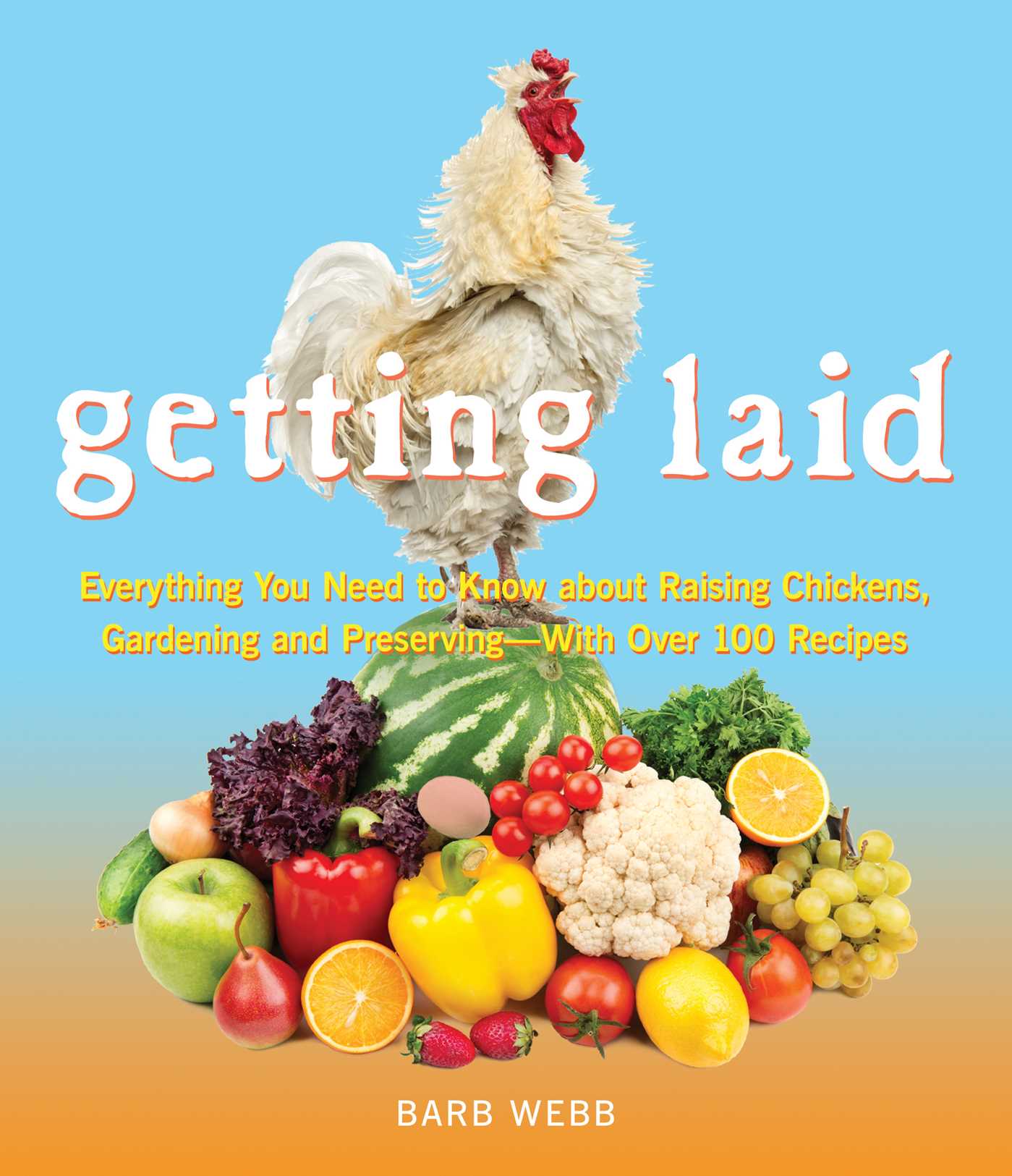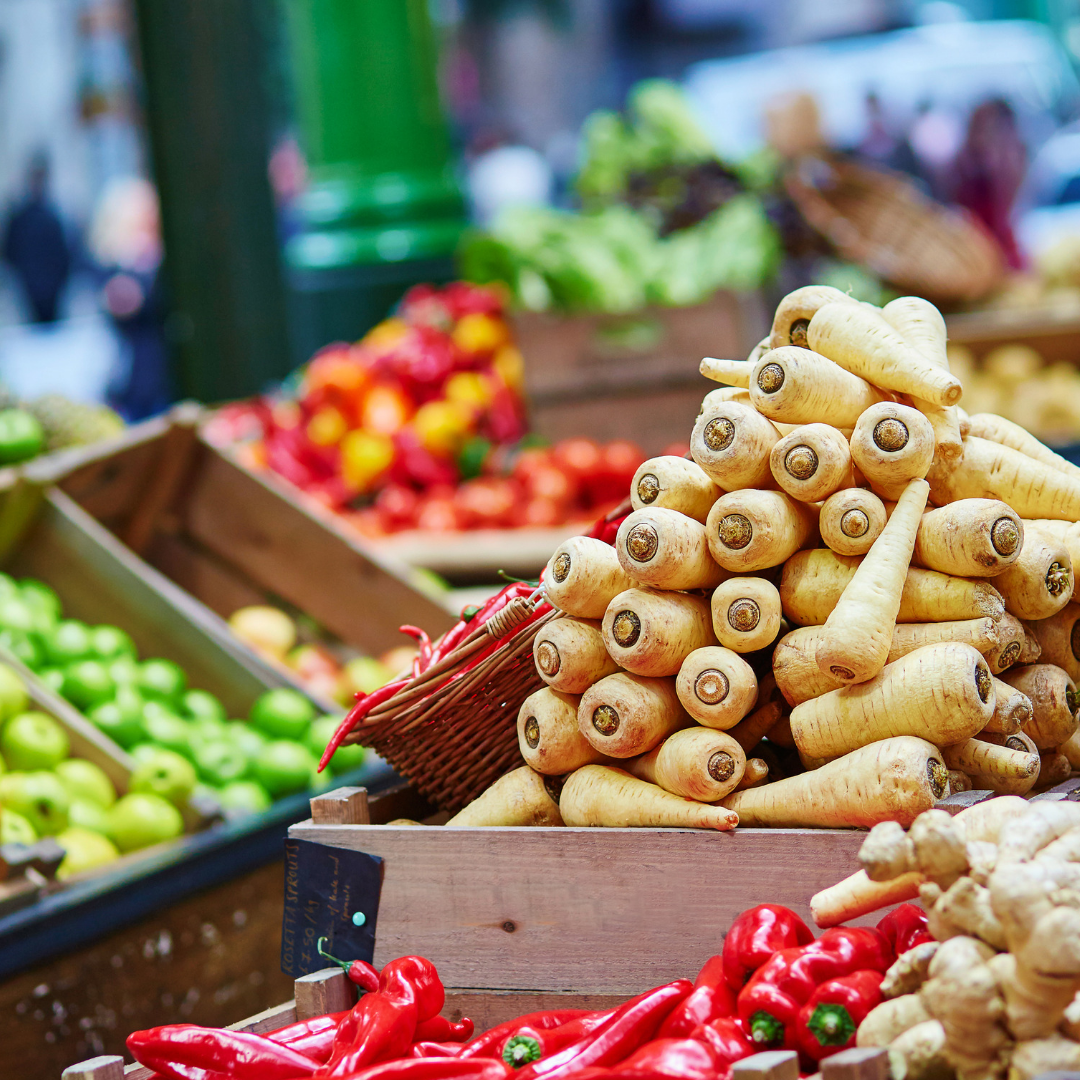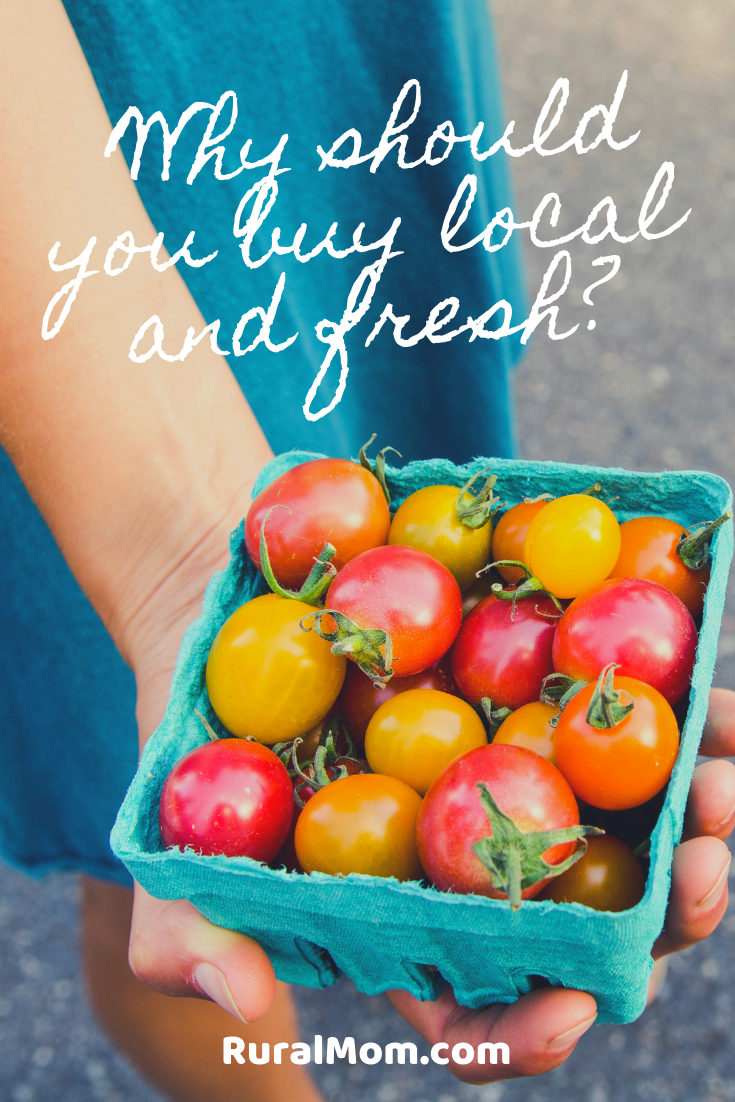Fresh produce is grown, sold and exported all around the country. The number one reason to buy local and fresh produce in your area is, of course, the freshness factor! The only way to come closer to 100 percent fresh vegetables and fruits is, of course, to grown your own.
Why should you buy local and fresh?
Buying local produce at a farmers market promotes and supports local farmers and your local economy. Buying fresh supports and promotes a healthy body and lifestyle.
Fresh produce has more nutritional value, more minerals and more vitamins than frozen, canned or packaged produce. And let’s face it, not much compares to fresh watermelon or berries straight from the field in the summer, or juicy tomatoes on a salad in the spring.
Buying local also keeps your eco-footprint low by reducing food miles. If produce travels from Mexico to Virginia, it travels over 1800 miles. That’s a lot of fossil fuel for a head of lettuce! When you buy local, food miles can be non-existent if you buy direct from farm or well under 20 if you buy from your local farmer’s market or grocer who carries local produce.
You can easily learn where your food comes from and how it’s grown. When you get to know your local farmers, you can ask them about their growing practices, use of pesticides and so on.
Where do you find local foods?
The best way to find produce in season in your area is to peruse the farmers market. Some areas also have local food stores or boutiques where you can find products from local producers.
Our 4H extension office has a small store attached that sells produce and goods from local farmers. Check with your local offices, they may have similar programs.
Various retailers in your area my also source local foods. Check their websites to find out what their practices are. One of my neighbor grocers has a special second for “Kentucky Proud” items. Everything in the section is produced in Kentucky.
Produce availability varies by region. For example, Florida, and California are able to produce nearly year-round. In contrast, the Midwest has limited growing seasons due to freezes and cold weather. Use the following lists as a guide for your regional shopping:
Southern States, Florida and California
If you live in one of these areas, you can probably find a farmers market open year-round. The produce will change from season to season.
- Spring – asparagus, avocadoes, beets, broccoli, cauliflower, greens, citrus fruit, mangoes, strawberries, tomatoes and onions.
- Summer – melons, potatoes, blackberries, blueberries, greens, eggplant, beans, corn, okra, peaches, peas and plums.
- Fall – apples, cabbage, greens, cucumbers, grapes, kale, lettuce, okra, peppers, persimmons, pecans, pole beans, pumpkins, spinach, squash, and tomatoes.
- Winter – citrus fruit, apples, greens, kale, lettuce, peanuts, spinach, and winter squash.
The Southwest
With temperatures in the 100s, the Southwest’s best growing seasons are spring, fall and winter.
- Spring – asparagus, blackberries, cabbage, celery, carrots, cilantro, chard, greens, cucumbers, garlic, citrus fruit, kale, leeks, lettuce, mushrooms, peas, rutabagas, strawberries, sweet onions, and tomatoes.
- Summer – apples, apricots, blueberries, chiles, corn, eggplant, figs, grapes, green bean, leek, melons, nectarines, okra, peaches, sweet peppers, plums, potatoes, raspberries, squash, tomatoes and zucchini.
- Fall – apples, lettuce, avocadoes, greens, broccoli, carrots, chard, chiles, corn, cucumbers, dates, eggplant, figs, beans, okra, pears, pepper, pomegranates, pumpkins, radishes, raspberries, spinach, squash, tomatoes and shallots.
- Winter – avocadoes, greens, broccoli, Brussels sprouts, cabbage, carrots, cauliflower, celery, chard, fava beans, citrus fruit, kale, leeks, mushrooms, parsnips, pommelos, radishes, rutabagas, spinach, squash, strawberries, sweet potatoes, and turnips.
The North and Midwest
Summer and fall are tops for fresh fruit and vegetables in these areas. Some come into season as early as May, but for the most part the best months are from the summer through October or November.
- Summer/Fall – apples, lettuce, beets, broccoli, cabbage, carrots, cauliflower, celery, chard, cucumbers, eggplant, fava beans, kale, leeks, melons, mushrooms, nectarines, onions, peaches, pears, peas, peppers, potatoes, radishes, rutabagas, spinach, squash and turnips.
- Summer Only – asparagus, blueberries, cherries, corn, raspberries, rhubarb, strawberries, tomatoes, watermelon and zucchini.
- Fall Only – brussels sprouts, chicory, fennel, grapes, parsnips and pumpkins.
No matter what the season, choosing fresh produce at a farmers market is a study in patience. When choosing your produce look for deep rich colors, crispness, and scents that tantalize your taste-buds. Buying seasonally from your farmers market will soon turn into a weekly trip.




